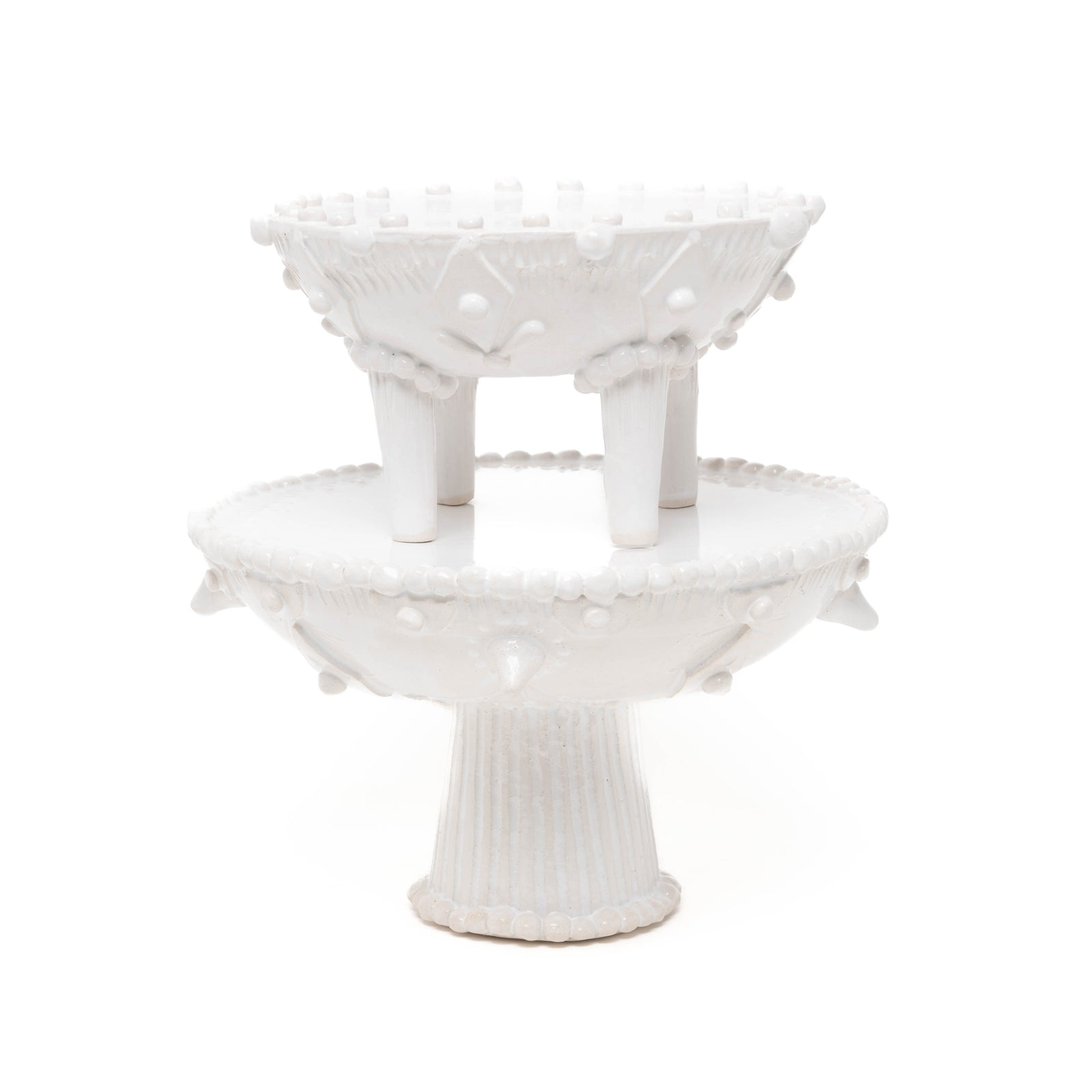The widely recognized division of a meal into appetizer, main course, and dessert dates back to ancient times. In the 16th, 17th, and 18th centuries, Haute Cuisine developed in France and influenced the entire continent. It was in France where the service à la française, a style of presenting dishes, emerged as an elaborate orchestration of culinary delights, later replaced by the service à la russe. Both styles continue to shape modern dining etiquette and are currently regaining popularity.
The order of serving cold appetizers, followed by hot dishes and ending with desserts was already common in ancient Roman upper-class dining. This clear principle changed over the centuries, merely by increasing the number of dishes served. In royal courts, this culminated in lavish tables, where the hosts would try to outdo each other by offering ever more magnificent feasts.
In the 17th century, the service à la française emerged in France as a way of presenting dishes and spread rapidly among the French aristocracy. The food was arranged on the table before guests were seated. The elaborate selection of dishes, often exceeding the number of guests, was intended to symbolically define the social rank of the host. Excessive opulence, elaborate decorations such as fresh flowers, atmospheric candles, and high-quality tablecloths further helped to achieve this effect.
In the late 19th century, the service à la russe, also known as Russian service, emerged in response to the opulence and extravagance of Russian aristocracy. Herein, each individual course is served to the guest on a separate plate. This style was popular especially in high-end restaurants and hotels across Europe, as well as for more intimate occasions such as a dinner party at home or smaller gatherings. Guests could take their time with each dish using individual plates and savor the flavors and textures at their own pace. Presentation and choreography are essential in the service à la russe, and the dishes are expertly arranged by the chef before being served.
Over time, both service à la française and service à la russe have evolved. While the latter is more prevalent, in some countries like Japan, the traditional service à la française is still in practice, where all dishes of a menu are served simultaneously and the guests take what they want. In upscale European gastronomy, the sharing of dishes is also becoming increasingly important and both styles continue to shape modern dining etiquette.






